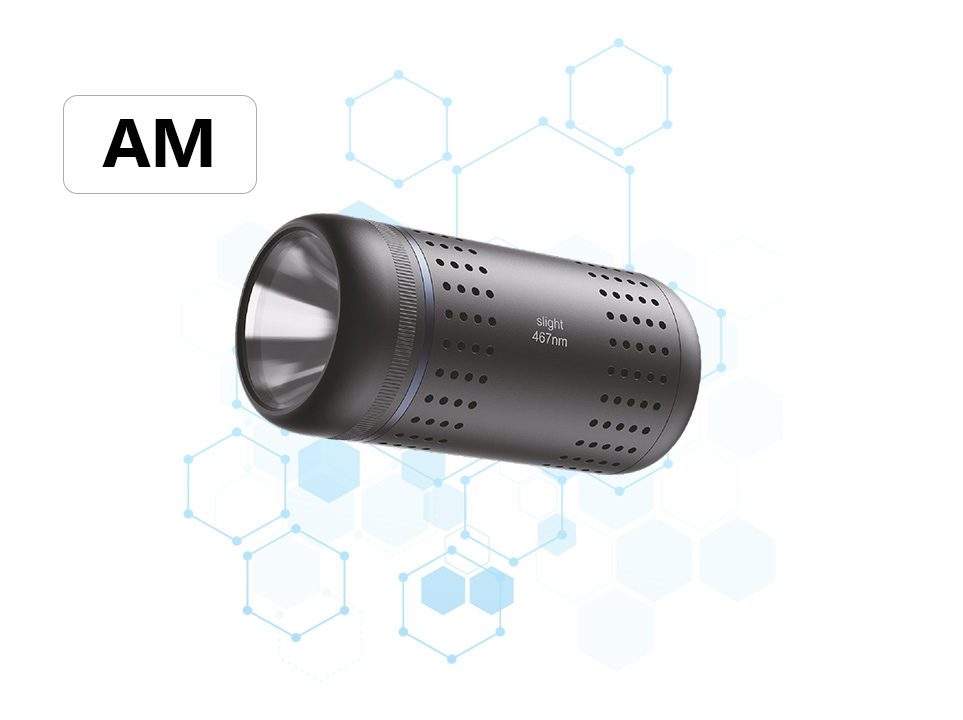Working principle of plate skid-mounted microchannel photoreactor
The plate skid-mounted microchannel photoreactor represents a cutting-edge technology in the field of chemical synthesis and photocatalysis. This innovative reactor design leverages the principles of microfluidics and photochemistry to achieve highly efficient and controllable chemical reactions. Below, we delve into the working principle of this advanced reactor, highlighting its unique features and benefits.
Overview of the Plate Skid-Mounted Microchannel Photoreactor
A plate skid-mounted microchannel photoreactor is a compact and modular system that integrates microchannels for fluid handling with a light source for photocatalysis. The reactor's design allows for precise control over reaction conditions, including temperature, pressure, and light intensity, enabling the synthesis of a wide range of chemical compounds with high yields and purity.
Working Principle
Microchannel Design
The core of the photoreactor lies in its microchannel structure. These microchannels, typically ranging from tens to hundreds of micrometers in width, provide a high surface-to-volume ratio, which enhances mass and heat transfer efficiencies. The small channel size also promotes uniform mixing of reactants and efficient light absorption by the photocatalyst.
Light Source Integration
Integrated within the reactor is a high-intensity light source, such as an LED or laser, that emits light at specific wavelengths tailored to activate the photocatalyst. The light source is carefully positioned to ensure maximum illumination of the reaction mixture within the microchannels. The intensity and wavelength of the light can be adjusted to optimize the reaction rate and selectivity.
Photocatalyst Utilization
The photoreactor employs a photocatalyst, which is a material that absorbs light and converts it into chemical energy. When illuminated, the photocatalyst generates electrons and holes that participate in the redox reactions of the chemical species present in the reaction mixture. The choice of photocatalyst is crucial and depends on the specific reaction being carried out.
Reaction Control
The plate skid-mounted design allows for precise control over reaction conditions. Temperature and pressure can be regulated to maintain optimal reaction conditions. Additionally, the reactor can be equipped with sensors and controllers to monitor and adjust reaction parameters in real-time, ensuring consistent and reproducible results.
Benefits of Plate Skid-Mounted Microchannel Photoreactors
High Efficiency: The combination of microchannels and high-intensity light sources results in rapid and efficient chemical reactions.
Precision Control: The reactor allows for precise control over reaction conditions, enabling the synthesis of high-purity compounds.
Scalability: The modular design of the plate skid-mounted photoreactor allows for easy scaling up or down, depending on production needs.
Environmentally Friendly: The reactor minimizes waste and energy consumption, making it an environmentally friendly option for chemical synthesis.
Applications
Plate skid-mounted microchannel photoreactors have a wide range of applications, including:
Pharmaceutical Synthesis: The synthesis of active pharmaceutical ingredients (APIs) and intermediates.
Material Science: The preparation of advanced materials such as polymers, composites, and nanomaterials.
Environmental Remediation: The degradation of pollutants in water and air.
Energy Conversion: The conversion of solar energy into chemical energy through photocatalytic reactions.
Conclusion
The plate skid-mounted microchannel photoreactor represents a significant advancement in the field of chemical synthesis and photocatalysis. Its unique design and working principle enable highly efficient and controllable chemical reactions, making it an ideal choice for a wide range of applications.





